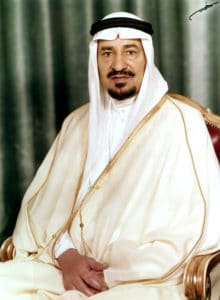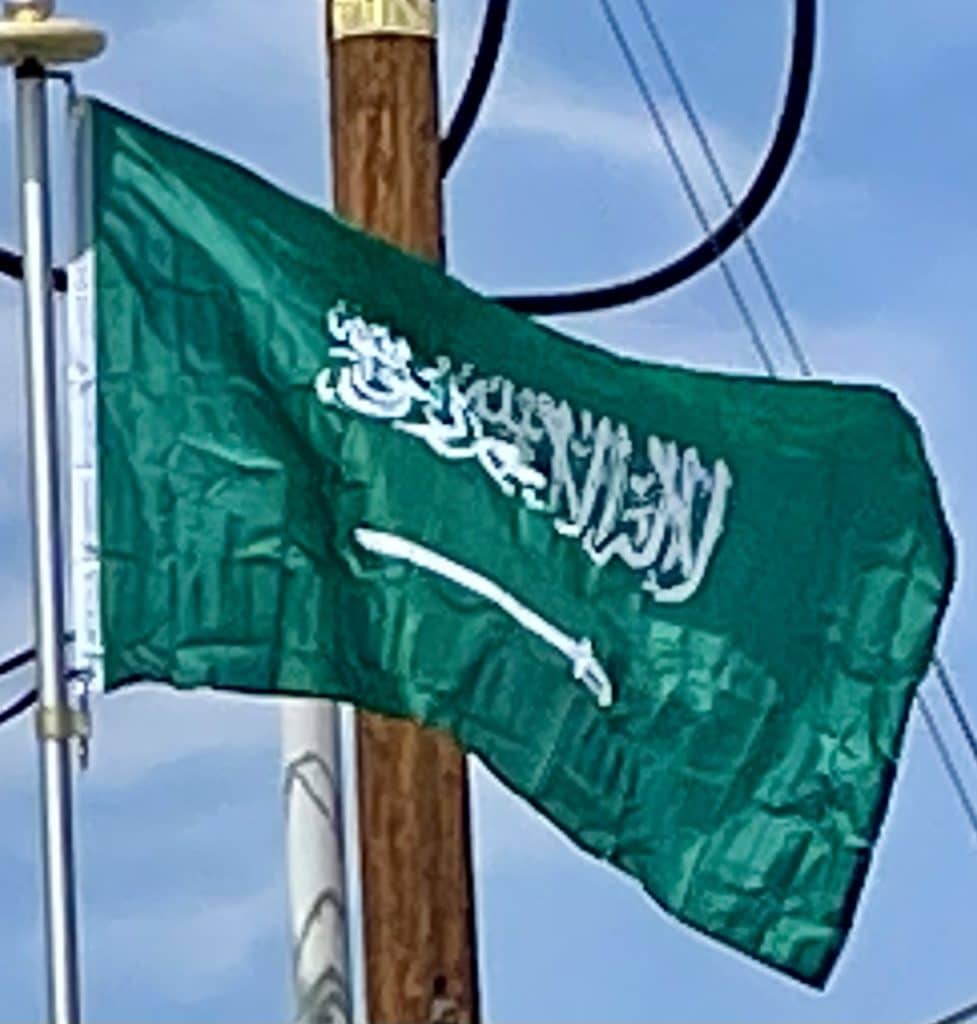By 1976, Saudi Arabia had become the largest oil producer in the world. Khalid’s reign saw economic and social development progress at an extremely rapid rate, transforming the infrastructure and educational system of the country; in foreign policy, close ties with the US were developed. In 1979, two events occurred which greatly concerned the government, and had a long-term influence on Saudi foreign and domestic policy. The first was the Iranian Islamic Revolution. It was feared that the country’s Shi’ite minority in the Eastern Province (which is also the location of the oil fields) might rebel under the influence of their Iranian co-religionists. There were several anti-government uprisings in the region such as the 1979 Qatif Uprising.
The second event was the Grand Mosque Seizure in Mecca by Islamist extremists. The militants involved were in part angered by what they considered to be the corruption and un-Islamic nature of the Saudi government. The government regained control of the mosque after 10 days and those captured were executed. Part of the response of the royal family was to enforce the much stricter observance of traditional religious and social norms in the country (for example, the closure of cinemas) and to give the Ulema a greater role in government. Neither entirely succeeded as Islamism continued to grow in strength.

In the 1980s, Saudi Arabia spent $25 billion in support of Saddam Hussein in the Iran–Iraq War. However, Saudi Arabia condemned the Iraqi invasion of Kuwait in 1990 and asked the US to intervene. King Fahd allowed American and coalition troops to be stationed in Saudi Arabia. He invited the Kuwaiti government and many of its citizens to stay in Saudi Arabia, but expelled citizens of Yemen and Jordan because of their governments’ support of Iraq. In 1991, Saudi Arabian forces were involved both in bombing raids on Iraq and in the land invasion that helped to liberate Kuwait.
Saudi Arabia’s relations with the West began to cause growing concern among some of the ulema and students of sharia law and was one of the issues that led to an increase in Islamist terrorism in Saudi Arabia, as well as Islamist terrorist attacks in Western countries by Saudi nationals. Osama bin Laden was a Saudi citizen (until stripped of his citizenship in 1994) and was responsible for the 1998 U.S. embassy bombings in East Africa and the 2000 USS Cole bombing near the port of Aden, Yemen. 15 of the 19 terrorists involved in September 11 attacks in New York City, Washington, D.C., and near Shanksville, Pennsylvania were Saudi nationals. Many Saudis who did not support the Islamist terrorists were nevertheless deeply unhappy with the government’s policies.
Geography:
Saudi Arabia occupies about 80 percent of the Arabian Peninsula (the world’s largest peninsula). Because the country’s southern borders with the United Arab Emirates and Oman are not precisely marked, the exact size of the country is undefined. The CIA World Factbook estimates 2,149,690 km2 (830,000 sq mi) and lists Saudi Arabia as the world’s 13th-largest state. It is geographically the largest country in the Middle East and the Arabian Plate.
